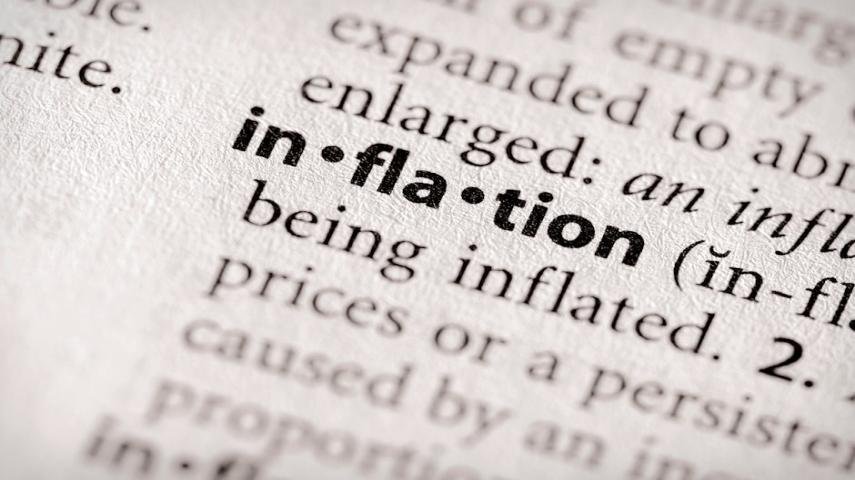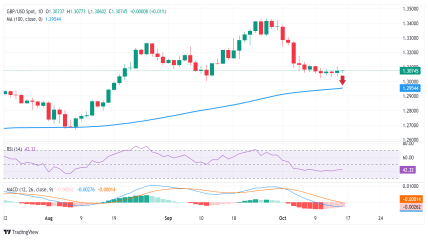US core PCE set to show continued disinflation trend, reinforcing Federal Reserve easing cycle
The United States Bureau of Economic Analysis (BEA) is set to release the significant Personal Consumption Expenditures (PCE) Price Index, which is the Federal Reserve’s preferred measure of inflation, on Friday at 12:30 GMT.
While this PCE inflation data may influence the very-near-term trajectory of the US Dollar (USD), it is highly unlikely to alter the Fed’s course regarding its interest-rate path.
Anticipating the PCE: Insights into the Federal Reserve's key inflation metric
The core PCE Price Index is projected to rise by 0.2% in August compared to the previous month, aligning with July’s figures. Over the last twelve months, the core PCE is expected to increase by 2.7%, slightly up from July’s 2.6% rise.
This core PCE Price Index, which excludes the more volatile food and energy categories, plays a crucial role in shaping market expectations for the Federal Reserve's interest-rate outlook. Both the central bank and market participants closely monitor this measure, as it is not distorted by base effects and provides a clearer view of underlying inflation by excluding unstable components.
As for the headline PCE, consensus forecasts suggest that the downward trend will persist in August, with the monthly PCE expected to rise by 0.1% (down from 0.2% previously) and an annual increase of 2.3% (down from 2.5% previously).

Previewing the PCE inflation report, analysts at TD Securities argued: “Core PCE inflation likely stayed under control in August, with prices advancing at a soft 0.15% m/m pace. Given shelter price strength acted as a key driver of core CPI inflation, the core PCE will not increase as much. Headline PCE inflation likely printed an also soft 0.10% m/m. Separately, we expect personal spending to moderate, rising 0.2% m/m and 0.1% m/m in real terms.”
How will the Personal Consumption Expenditures Price Index affect EUR/USD?
The Greenback navigates the lower end of its multi-month range south of the 101.00 barrier, with initial contention around 100.20 so far.
Following the Fed’s jumbo rate cut at its September 17-18 gathering, investors now see around 50 basis points of easing for the remainder of the year, and between 100 and 125 basis points by the end of 2025.
A surprise at the PCE release should barely influence the Dollar’s price action, as market participants have already shifted their attention to next week’s crucial Nonfarm Payrolls amids the broader Fed’s shift to the labour market in detriment of the progress around inflation.
According to Pablo Piovano, Senior Analyst at FX Street.com, “further upside impulse should motivate EUR/USD to confront its year-to-date peak of 1.1214 (September 25). Once this region is cleared, spot could set sails to the 2023 high of 1.1275 recorded on July 18.”
“On the downside, the September low at 1.1001 (September 11) appears to be reinforced by the provisional 55-day SMA at 1.1009 ahead of the weekly low of 1.0949 (August 15)," Pablo adds.
Finally, Pablo suggests that “while above the 200-day SMA of 1.0873, the pair’s constructive outlook should remain unchanged.”
https://one.exness-track.com/boarding/sign-up/a/uq2cbl5o/?campaign=18842











